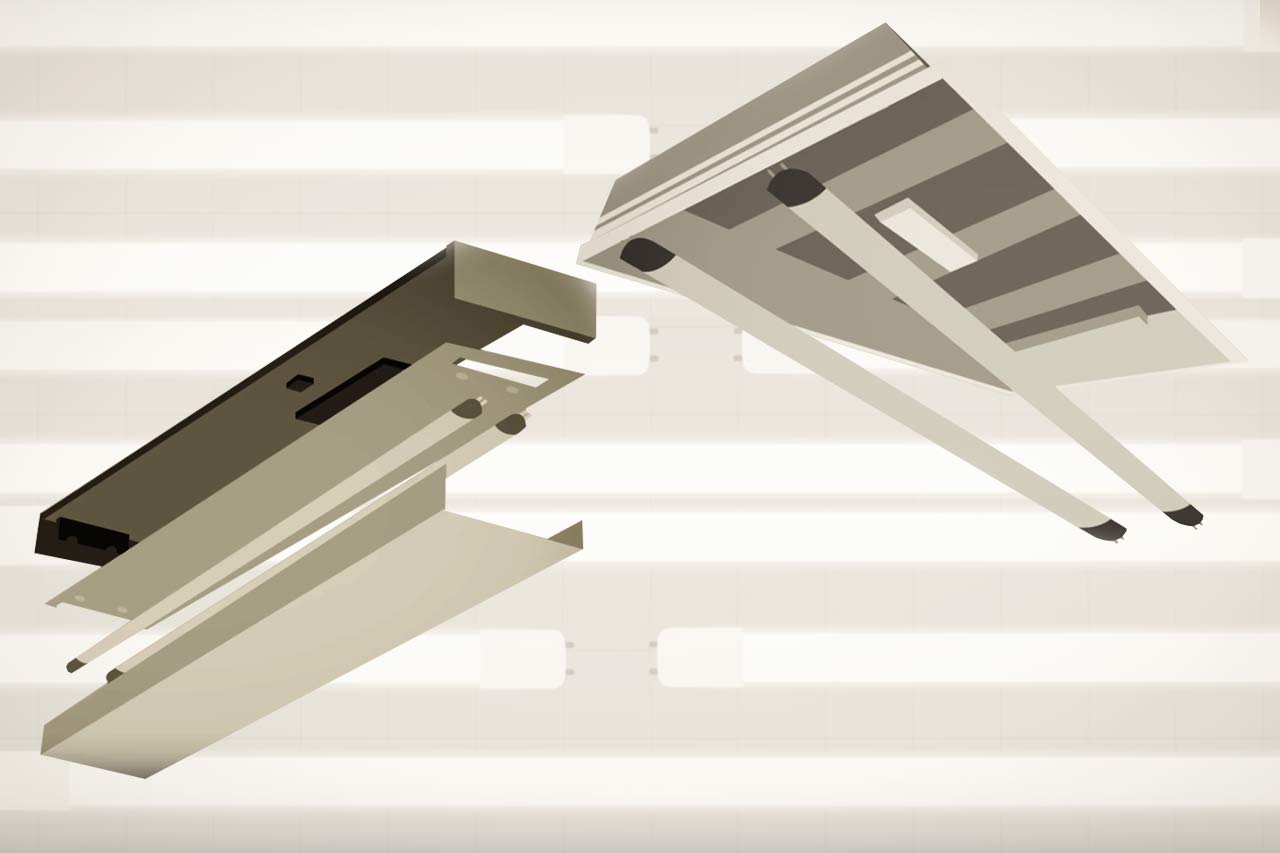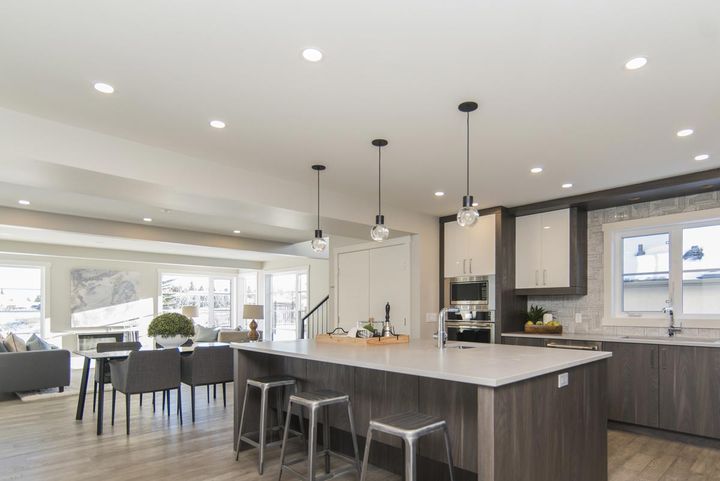Ballast Compatible vs. Direct Wire LED Tubes

As we learn the benefits of LED lighting, there seems to always be the same question: should one retrofit the lamps using existing ballasts , or remove the ballasts and direct wire the LEDs?
LEDs need something to safely moderate the energy running through them just as fluorescent tubes do. Fluorescent tubes use ballasts, external to the lamp, for this purpose and LEDs originally used drivers (also external to the lamp) which effectively do the same thing. Many LED lamps still use external drivers.
So initially to upgrade from fluorescent tubes, one would remove the old lamps and their ballasts; direct wire drivers instead of ballasts; and then connect the LED tubes to these external drivers. In the interest of making things simpler, manufacturers developed LEDs that could work directly off the ballasts that were already being used with no external drivers needed (There is a driver inside the LED that works with the ballast; this must be an electronic ballast, and one still has to make sure LED and ballast specs are compatible).
Many new LED tubes, now, come with integrated drivers, or drivers that are built in (much like the LED bulbs commonly used in homes) for direct wire purposes. These allow you to entirely remove old lamps and ballasts and connect the new LED lamp directly to the power source without a separate (external) driver.
In both instances, there are drivers inside the LED, one designed to work with electronic ballasts and one designed to work directly with the power source. There are advantages to each option with the choice being the one that would make the most sense for each individual's needs.
Direct wire LEDs are more difficult to set up initially because the ballast must be removed. But, by eliminating the ballast from the future equation, this means never having the LED go out because of a ballast failure. There is also no time or cost is involved in replacing ballasts.
Direct connect LEDs (those that work with ballasts) are much easier to set up because there's no need to remove the ballast. Simply remove the old fluorescent lights and replace them with LEDs and you're up and running. However, at some point that ballast is likely to fail, probably long before the LED light would. And so, the time and cost involved in replacing that ballast is needed to get the LED working again.
Check back to see new articles and guides , or feel free to click another article to experience more great insights and advice.



